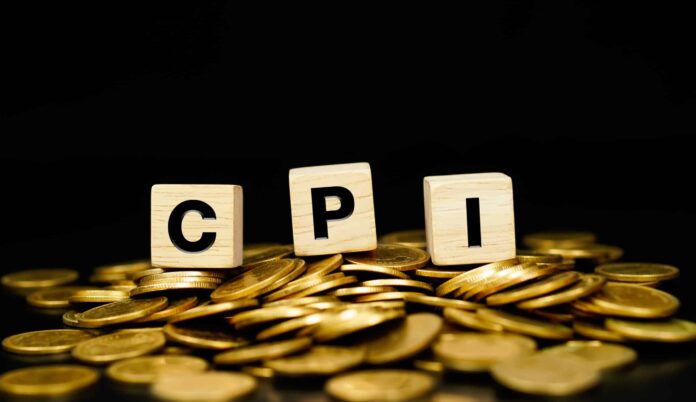It comes as data on the Consumer Price Index (CPI) for March provided signs of cooling inflation on Friday, April 10, 2025, in the U.S. economy. The reading on the inflation rate, calculated as an annual rate, eased to 2.4 percent from 2.8 percent in February and was below the forecasted 2.5 percent, based on the last data.
Lowest Monthly Inflation Since Early 2023 Signals Cooling Trend
Overall consumer prices fell for the rare time on a monthly basis, up 0.1 percent from the previous month, and the easing of inflationary pressures may continue in the coming months if the Fed maintains its slow and steady approach. Prices have mostly moderated, both on a monthly and a category basis, and this is the lowest monthly movement of prices since early 2023.
Energy Prices and Travel Costs Lead CPI Decline in March 2025
This decline was partly due to energy prices. A 2.4 percent overall decrease in the energy index came from a 6.3 percent decline in gasoline prices. The relief came in two forms: Airline fares tumbled 5.3%, while vehicle insurance fell 0.8%, presenting relief to households several months in what had otherwise been a hot period for cost increases.D eclining 0.7%, used vehicle prices tended to stabilize the auto market, while new vehicles only saw a small uptick of 0.1%.
Also read: Why Was Kash Patel Removed from ATF? DOJ’s Silent Move Explained
Food Inflation Persists: Egg Prices Surge Despite Cooling CPI
Grocery prices kept climbing despite an overall easing. But egg prices have surged another 5.9%, ramping up the cost of these eggs by more than 60% year-on-year, and the reason is consistently a bird flu outbreak. Household budgets came under pressure as other food items such as beef, bacon, and breakfast cereal were also subject to price increases. This is an area where inflation persist,s and food prices went up 0.4 percent overall in March. Something the slowest this month was the rise of shelter costs, one of the chief components comprising the CPI, at just 0.2 per cent. The smallest annual gain in rents since late 2021 of 4% suggests that housing inflation may be abating on a yearly basis.
Trump’s 90-Day Tariff Pause Brings Short-Term Relief but Long-Term Uncertainty
Earlier this week, President Donald Trump also announced 90 90-day pause on high tariffs on most imports, and during that period, still imposed duties on Chinese goods at 125%. This shift gave markets temporary relief, but economists warn that the trade policies’ impact could show up in prices this fall. Goldman Sachs and other analysts pointed out that the full impact of tariffs on inflation could take months, for example, in the case of apparel and furniture.
What the March CPI Report Means for Future Fed Rate Cuts
However, despite the day’s cooler-than-expected inflation reading, the Federal Reserve will continue to tread carefully. With uncertainty on a global scale and ongoing tariff risks, almost everyone expects the Fed to wait until June or later before they makes an interest rate adjustment.
The market pricing reflects 3–4 rate cuts by 2025 end, which could change if trade tensions escalate.
The CPI report today is encouraging as it shows energy and housing costs are easing, and inflation is trending down. While the fight with inflation is far from over, stubborn food prices and an uncertain effect of new trade policies make it difficult. Given the volatility of the economic environment, the Federal Reserve is between a rock and a hard place when deciding on interest rate decisions.
FAQs:
What is the US CPI inflation rate for March 2025?
The Consumer Price Index (CPI) inflation rate for March 2025 eased to 2.4% annually, down from 2.8% in February and below the projected 2.5%.
Why did inflation cool in March 2025?
Inflation cooled due to a significant drop in energy prices, including a 6.3% decrease in gasoline and lower travel costs such as airline fares and vehicle insurance.
Which prices increased in March 2025 despite overall inflation falling?
Food prices continued to rise, especially eggs (up 5.9%), due to bird flu outbreaks. Other items like beef, bacon, and cereals also saw increases.
How did shelter and housing costs affect the March 2025 CPI report?
Shelter costs rose just 0.2% in March, showing the slowest growth in over a year. Annual rent increases fell to 4%, indicating easing housing inflation.
Will the Federal Reserve cut interest rates after the March CPI data?
Despite the cooling CPI, the Fed is expected to wait until at least June 2025 before making any interest rate changes, due to global uncertainties and tariff impacts.








